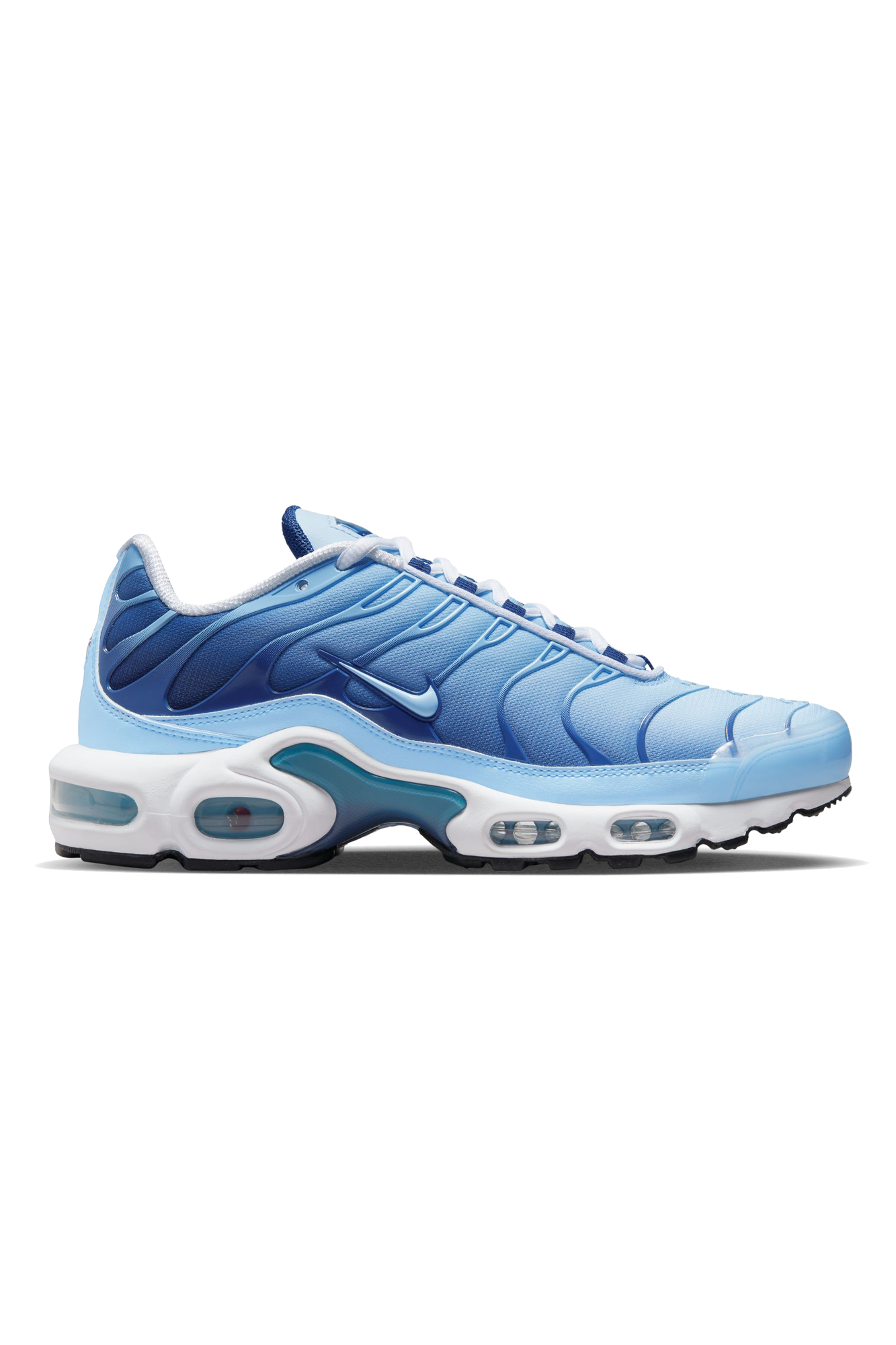USA Air: The Ultimate Guide To Exploring The Skies Above America
Welcome to the world of USA air! If you're diving into this article, you're probably fascinated by the vast skies above the United States or perhaps looking for some insider knowledge about aviation, weather patterns, or even the best air quality spots in the country. Whatever brings you here, buckle up because we’re about to take off on a thrilling journey through the clouds. USA air isn’t just about airplanes; it’s a blend of science, history, and adventure that impacts every corner of American life.
America’s skies are a treasure trove of information, from the bustling air traffic above cities like New York and Los Angeles to the pristine air quality found in national parks like Yellowstone. Whether you’re a pilot, a weather enthusiast, or someone who simply loves to gaze at the stars, understanding USA air is key to unlocking the secrets of the atmosphere. This article is your go-to guide for everything you need to know about the air we breathe and the skies we admire.
So, why focus on USA air? The answer is simple: the air in the United States plays a crucial role in global weather patterns, environmental health, and even national security. From the towering Rocky Mountains to the humid Gulf Coast, the diversity of USA air is unmatched. Let’s dive in and explore what makes it so unique.
- Dany Kaye The Legendary Entertainer Who Left An Indelible Mark On Comedy
- There You Go Johnny Gill A Deep Dive Into The Life Career And Legacy
Understanding USA Air: A Beginner's Perspective
What Makes USA Air Unique?
The air in the United States is a fascinating mix of different climates, weather patterns, and environmental factors. From the dry deserts of Arizona to the lush forests of the Pacific Northwest, the diversity of USA air is unparalleled. But what exactly makes it unique? Let’s break it down:
- **Diverse Climates**: The U.S. spans across multiple climate zones, from arid deserts to snowy tundras.
- **Weather Patterns**: The country experiences a wide range of weather phenomena, including hurricanes, tornadoes, and snowstorms.
- **Air Quality**: While some areas boast pristine air, others struggle with pollution, making it a complex topic to explore.
Understanding these factors is essential for anyone interested in meteorology, environmental science, or even just staying informed about the world around them.
Key Statistics About USA Air
Numbers don’t lie, and when it comes to USA air, the statistics are eye-opening. According to the Environmental Protection Agency (EPA), air quality in the U.S. has improved significantly over the past few decades. However, challenges still remain:
- Greg Gutfeld Net Worth A Deep Dive Into The Wealth Of A Comedy Legend
- Charles Stanley Net Worth The Inside Scoop On His Financial Empire
- **Pollution Levels**: Major cities like Los Angeles and Houston still face high levels of smog and particulate matter.
- **Renewable Energy**: The U.S. is making strides in reducing carbon emissions through the use of wind and solar power.
- **Climate Change**: Rising global temperatures are affecting weather patterns and air quality across the country.
These stats highlight the importance of continued efforts to improve USA air quality and protect the environment.
Exploring the Science Behind USA Air
How Does Air Circulation Work in the U.S.?
Air circulation is a complex process that involves wind patterns, temperature gradients, and atmospheric pressure. In the United States, these factors create a dynamic system that influences everything from weather forecasts to aviation safety. Here’s a quick breakdown:
- **Jet Streams**: These high-altitude air currents play a crucial role in shaping weather patterns across the country. They can bring warm air from the south or cold air from the north, depending on the season.
- **Fronts**: Cold and warm fronts collide to create storms, rain, and other weather events. Understanding these interactions is key to predicting severe weather.
By studying these processes, scientists can better understand how USA air impacts daily life and long-term climate trends.
The Role of USA Air in Global Weather Patterns
Did you know that USA air doesn’t just affect the country itself? It plays a significant role in global weather patterns. For example, hurricanes that form in the Atlantic Ocean often gain strength as they pass over the warm waters of the Gulf of Mexico. Similarly, the polar vortex can bring frigid temperatures to the northern U.S., affecting weather as far away as Europe.
This interconnectedness highlights the importance of international cooperation in addressing climate change and improving air quality. As the U.S. works to reduce its carbon footprint, it sets an example for other nations to follow.
USA Air Quality: A Closer Look
Factors Affecting Air Quality in the U.S.
Air quality in the United States is influenced by a variety of factors, both natural and man-made. Here are some of the key players:
- **Industrial Emissions**: Factories and power plants release pollutants that can harm air quality.
- **Vehicle Exhaust**: Cars and trucks contribute significantly to urban air pollution.
- **Natural Events**: Wildfires, volcanic eruptions, and dust storms can all impact air quality temporarily.
Addressing these factors requires a combination of policy changes, technological advancements, and public awareness.
Measuring USA Air Quality
To monitor air quality, the EPA uses the Air Quality Index (AQI), which rates air quality on a scale from 0 to 500. A lower score indicates better air quality, while a higher score signals potential health risks. Here’s how it breaks down:
- **0-50**: Good air quality with little to no risk.
- **51-100**: Moderate air quality; sensitive groups may experience effects.
- **101-150**: Unhealthy for sensitive groups; general public may not be affected.
- **151-200**: Unhealthy; everyone may experience health effects.
- **201-300**: Very unhealthy; serious health effects are likely.
- **301-500**: Hazardous; everyone is affected and health warnings of emergency conditions are issued.
Understanding these levels helps individuals make informed decisions about outdoor activities and air filtration systems.
Aviation and USA Air
The Impact of Air Traffic on USA Air Quality
With thousands of flights crisscrossing the skies every day, aviation has a significant impact on USA air quality. Airplanes emit carbon dioxide, nitrogen oxides, and other pollutants that contribute to climate change and smog. However, the aviation industry is making strides to reduce its environmental footprint:
- **Fuel Efficiency**: Modern aircraft are designed to be more fuel-efficient, reducing emissions per flight.
- **Alternative Fuels**: Research into sustainable aviation fuels (SAFs) is ongoing, with promising results.
- **Regulations**: Stricter emissions standards are being implemented to ensure cleaner skies.
These efforts are crucial for maintaining the delicate balance between economic growth and environmental health.
Top Airports in the U.S. and Their Contribution to Air Quality
Some of the busiest airports in the United States include Hartsfield-Jackson Atlanta International Airport, Los Angeles International Airport, and O’Hare International Airport in Chicago. While these hubs are vital for travel and commerce, they also contribute to air pollution. Here’s how they’re working to mitigate their impact:
- **Electric Ground Vehicles**: Many airports are switching to electric buses and baggage handlers to reduce emissions.
- **Solar Power**: Solar panels are being installed at airports to generate clean energy.
- **Green Building Practices**: Terminal expansions are incorporating sustainable materials and energy-efficient designs.
These initiatives demonstrate that even the busiest airports can prioritize environmental responsibility.
National Parks and USA Air
Where to Find the Best Air Quality in the U.S.
If you’re looking for a breath of fresh air, national parks are the perfect destination. These protected areas offer some of the cleanest air in the country, thanks to their remote locations and conservation efforts. Here are a few standout spots:
- **Yellowstone National Park**: Known for its geysers and wildlife, Yellowstone also boasts pristine air quality.
- **Great Smoky Mountains National Park**: Despite its name, this park has some of the clearest air in the eastern U.S.
- **Denali National Park**: Located in Alaska, Denali offers breathtaking views and some of the purest air on the planet.
Visiting these parks is a great way to connect with nature and enjoy the benefits of clean air.
Protecting USA Air in National Parks
Maintaining air quality in national parks requires ongoing efforts. Rangers and scientists work together to monitor air pollution, reduce vehicle emissions, and educate visitors about the importance of conservation. Here are some strategies they use:
- **Shuttle Systems**: Many parks offer free shuttles to reduce traffic and emissions.
- **Research Programs**: Ongoing studies help track changes in air quality and identify potential threats.
- **Public Awareness**: Educational programs teach visitors how they can help protect park air quality.
These efforts ensure that future generations can enjoy the beauty of America’s national parks.
Climate Change and USA Air
How Climate Change Affects USA Air
Climate change is having a profound impact on USA air, from rising temperatures to increased frequency of extreme weather events. Here’s how it’s affecting different regions:
- **West Coast**: Droughts and wildfires are becoming more common, leading to poor air quality and health risks.
- **Southeast**: Rising sea levels and increased humidity are creating ideal conditions for hurricanes and tropical storms.
- **Midwest**: Warmer winters and earlier springs are altering growing seasons and affecting agriculture.
Addressing these challenges requires a comprehensive approach that includes reducing emissions, promoting renewable energy, and adapting to changing conditions.
Solutions for Improving USA Air Quality
While the challenges facing USA air are significant, there are many solutions being implemented to improve air quality. Here are a few examples:
- **Emissions Reductions**: Stricter regulations on factories and vehicles are helping to reduce pollution.
- **Renewable Energy**: Investing in wind, solar, and other clean energy sources is key to reducing carbon emissions.
- **Public Transportation**: Expanding and improving public transit systems can reduce reliance on personal vehicles.
By working together, we can create a healthier environment for everyone.
Conclusion: Breathe Easy with USA Air
In conclusion, USA air is a complex and fascinating topic that touches every aspect of American life. From the science of air circulation to the challenges of climate change, understanding the air we breathe is essential for protecting our planet and improving our quality of life. This article has covered a wide range of topics, from air quality statistics to aviation’s impact on the environment, and highlighted the importance of conservation efforts in national parks.
So, what can you do to make a difference? Start by staying informed about air quality in your area, supporting renewable energy initiatives, and reducing your own carbon footprint. Share this article with friends and family to spread awareness, and consider visiting one of America’s national parks to experience the beauty of clean air firsthand.
Together, we can ensure that USA air remains a source of wonder and inspiration for generations to come. Keep exploring, keep learning, and most importantly, keep breathing easy!
Table of Contents
- Understanding USA Air: A Beginner's Perspective
- Exploring the Science Behind USA Air
- USA Air Quality: A Closer Look
- Aviation and USA Air
- National Parks and USA Air
- Climate Change and USA Air
- Conclusion: Breathe Easy with USA Air
- R Kelly Net Worth 2024 The Untold Story Behind The Numbers
- Kim Zolciak Net Worth 2024 The Inside Scoop Yoursquove Been Waiting For

Air Conditioning Service QUICK AIR USA Top AC Solutions

Air 180 QS "Joker" One Block Down

W Air Max Plus "University Blue" One Block Down